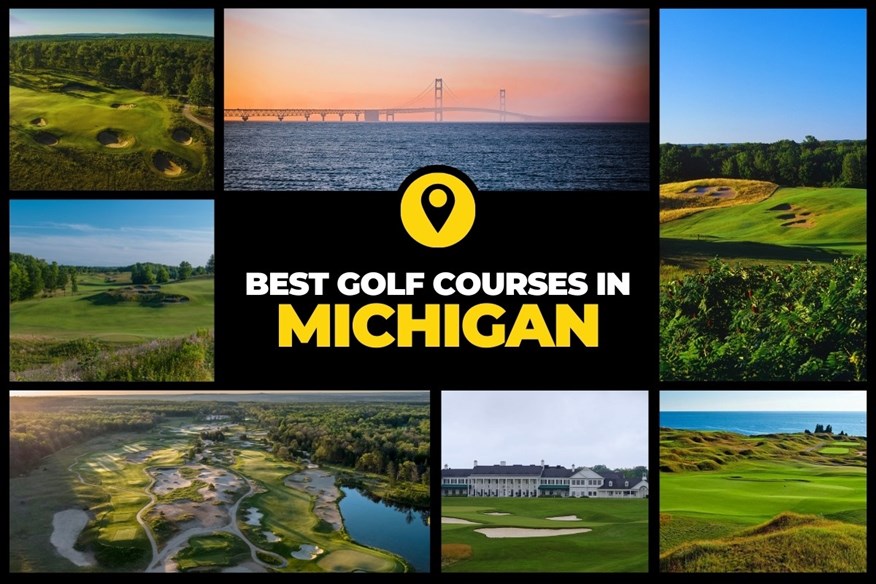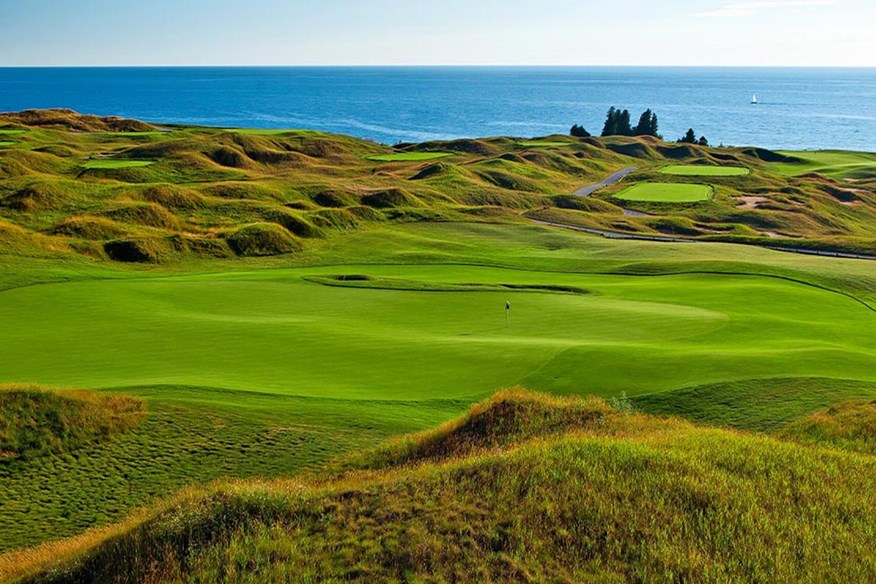More than just fishing and forestry: The best golf courses in Michigan
Last updated:
Known as the Great Lakes State and also the Wolverine State on account of its fur-trading past, Michigan, which is home to some of the best golf courses in the USA, has a long-running marketing campaign based on the tagline ‘Pure Michigan’. It’s a simple slogan that emphasizes the tranquil and relaxed vibe of a state that’s 94% rural and where you can drive for hours without seeing anything besides trees, arable land, and small settlements.
The state is divided into two peninsulas – the mitten-shaped Lower Peninsula which separates Lake Michigan to the west from Lake Huron to the east, and the Upper Peninsula (U.P.) whose northern edge skirts Lake Superior. The Mackinaw Bridge links the two landmasses though it’s unlikely golfers will be needing it as the vast majority of Michigan’s best courses are found on the Lower Peninsula, and the only notable course to the north that might warrant extra journey time for UK golfers is the Mike DeVries-designed Greywalls at Marquette Golf Club.
While its capital – Lansing – is a city few British people are likely to be familiar with, the state’s most populous urban area – Detroit – is a place many will know. Widely-recognized as Motor City, or Motown, Detroit is located in the southeast of the state and is home to a number of outstanding golf courses, most notably the South Course at Oakland Hills in the northern suburb of Bloomfield Hills. The northwest corner of the Lower Peninsula, around Traverse City, is a particularly golf-rich area where you’ll find the greatest density of the State’s best golf.
The 10 Best Golf Courses in Michigan
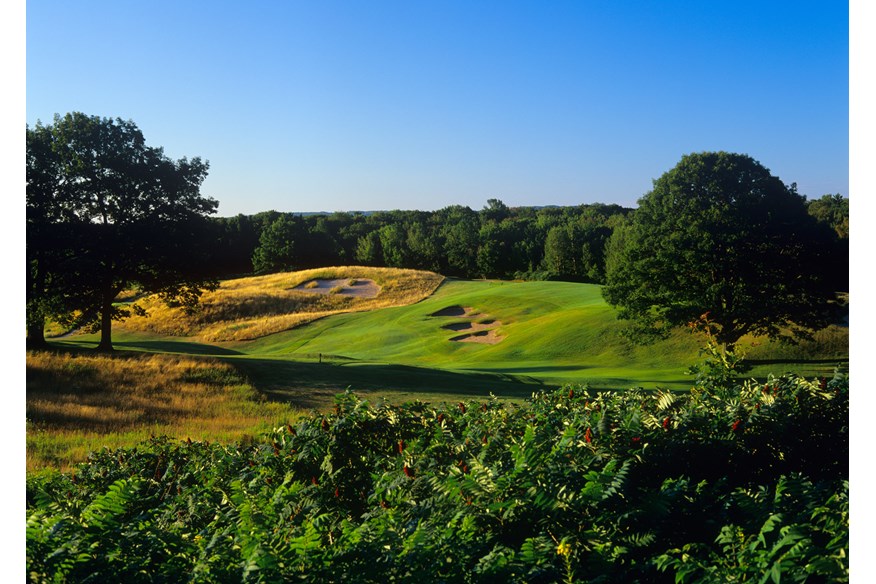
1. Crystal Downs Country Club
Course details: 6,518 yards, par 70
Green fee: Private
Website: crystaldowns.org
Telephone: 231-352-9933
Sometime in 1928, golf course architect Robert Hunter received a letter from a Walkley Ewing asking him for advice regarding a parcel of land in Northern Michigan on which he wished to build a high-quality golf course. Hunter, whose book on course architecture, The Links, had been published in 1926, put Ewing in touch with Alister Mackenzie who had spent the month of October visiting a number of his designs in California, including Cypress Point, and was now on his way back to England.
Mackenzie agreed to divert to Michigan and, after being shown Ewing’s wonderful property on a narrow strip of sandy, rolling land between Lake Michigan and the somewhat smaller Crystal Lake inland, put his travel plans on hold and spent about ten days working intensely on the design of a new course (a modest nine-holer had occupied the land for a while) alongside his associate in the US, Perry Maxwell. Mackenzie would return to Michigan once more, in the Autumn of 1929, but not see the finished product which Maxwell spent four summers building. Though fairly short, the course at Crystal Downs is full of strategy, and the fescue rough fairly penal. The wind blows more often than not, and its heavily-contoured greens prevent players from going low.
Crystal Downs was largely unknown before Ben Crenshaw visited in 1986, taking a private jet from Grand Blanc (200 miles southeast) to the course during Buick Open week. After saying how much he had enjoyed the layout, its popularity soared and it has remained an important stop for architecture fans ever since.
Photo credit: Larry Lambrecht
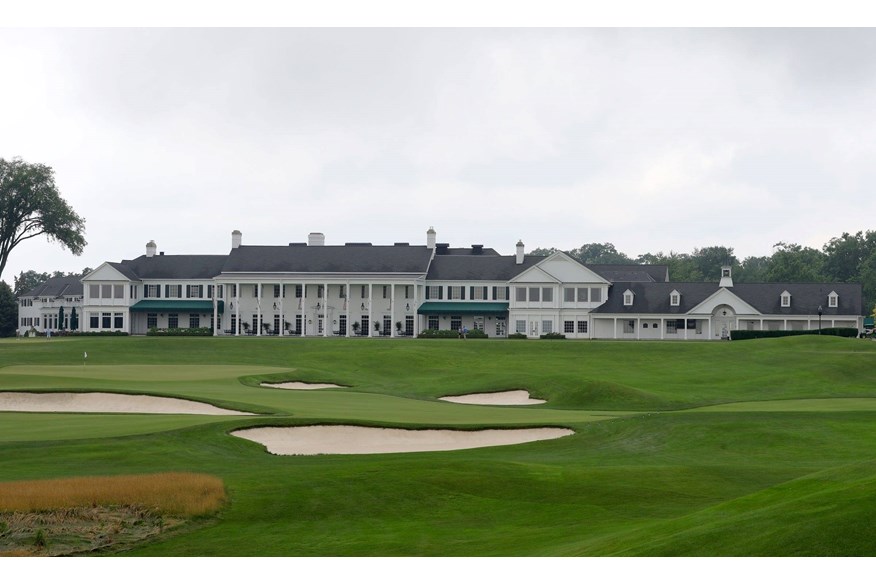
2. Oakland Hills Country Club (South)
Course details: 7,509 yards, par 72
Green fee: Private
Website: oaklandhillscc.com
Telephone: 248-644-2500
Donald Ross designed the South Course at Oakland Hills in suburban Detroit, in 1918. When it was chosen for the 1951 U.S. Open, he decided it should be updated to test the best players in the world but, unfortunately he died in 1948. Robert Trent Jones, the architect of the moment, was chosen to do what Ross had intended, and turned the course’s difficulty rating up a few notches with added length, thick rough, and huge bunkers.
Ben Hogan, who shot a final-round 67 to win the third of his four U.S. Opens, said he was pleased to have bought “this monster to its knees”. After the 2016 U.S. Amateur, the club decided it was time for a renovation and, in 2019, Gil Hanse expanded the greens to find many of Ross’s contours, removed trees, and put bunkers back where Ross had built them. In all, 137 trees were taken out to improve views across the course and 40 bunkers disappeared as well. A total of 455 yards were added, taking the Championship tees to a whopping 7,900 yards. Oakland Hills was subsequently awarded the 2034 and 2051 U.S. Opens, the second of those marking the centenary of Hogan’s famous victory.
3. Franklin Hills Country Club
Northwest Detroit is home to a handful of prestigious private golf clubs – Bloomfield Hills, Oakland Hills, Birmingham, Knollwood, and Franklin Hills whose Donald Ross-designed course opened in 1927. From Albert Kahn’s impressive clubhouse (Kahn was regarded as the ‘Architect of Detroit’ creating many of its industrial plants and residential mansions) to the demanding closing hole, Franklin Hills is a very highly-regarded, but little-known, hideaway owing to is exclusivity.
Laid out in glorious parkland, 20 miles from downtown, the layout is full of familiar Ross features like large, graceful, beautifully-positioned bunkers, well-contoured greens, and shots that demand careful thought before swinging. It’s most memorable hole is surely the short, par-4 13th – a 323-yard Volcano Hole whose 3,000sqft green sits 30ft above the fairway.
Course details: 6,923 yards, par 71
Green fee: Private
Website: franklinhills.com
Telephone: 248-851-2200
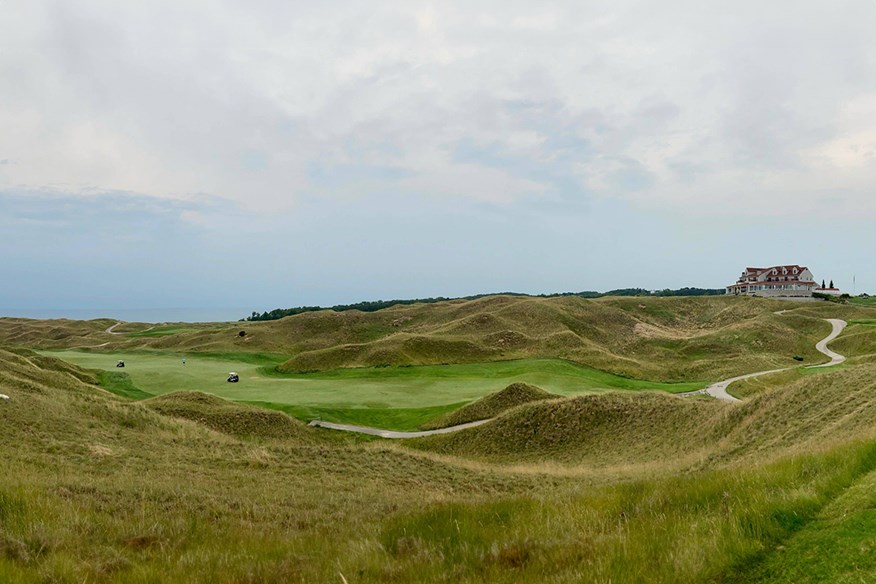
4. Arcadia Bluffs (South)
Course details: 7.412 yards, par 72
Green fee: $170
Website: arcadiabluffs.com
Telephone: 231-889-3001
There can’t be too many 36-hole golf resorts or clubs anywhere in the world whose two 18-hole courses are as different from each other as the two at Arcadia Bluffs. The property’s original layout – The Bluffs (see above) – is a pseudo links that really does put you in mind of the Irish coast, while the South Course is something else entirely. A five-minute drive south of the clubhouse, and about a mile inland, the South was designed by Dana Fry and Jason Straka and built in the style of C.B. Macdonald and Seth Raynor’s superb course at Chicago Golf Club.
Chicago GC opened in 1892 on a similarly uninspiring site as that on which Fry and Straka were attempting to build something as popular as the Bluffs – not an easy task. It was designed by C.B. Macdonald and revised by his associate, Seth Raynor, in 1922. What makes it so great is its distinctive look with Macdonald and Raynor’s geometrically-shaped bunkers and greens, and a number of their most intriguing template holes which were modeled on the best holes Macdonald saw while touring Britain and France in 1906. It’s a style that’s unique to Macdonald (and, in turn, Raynor) and one that British golfers probably won’t be familiar with. Nor are many American golfers for that matter, as Macdonald and Raynor courses belong predominantly to very exclusive private clubs that don’t allow outside play.
The South opened in 2018 and is open to the public. And it has done exactly what Fry, Straka, and course owner, Rich Postma, hoped it would – create as much interest and receive as much attention in the media as the Bluffs.
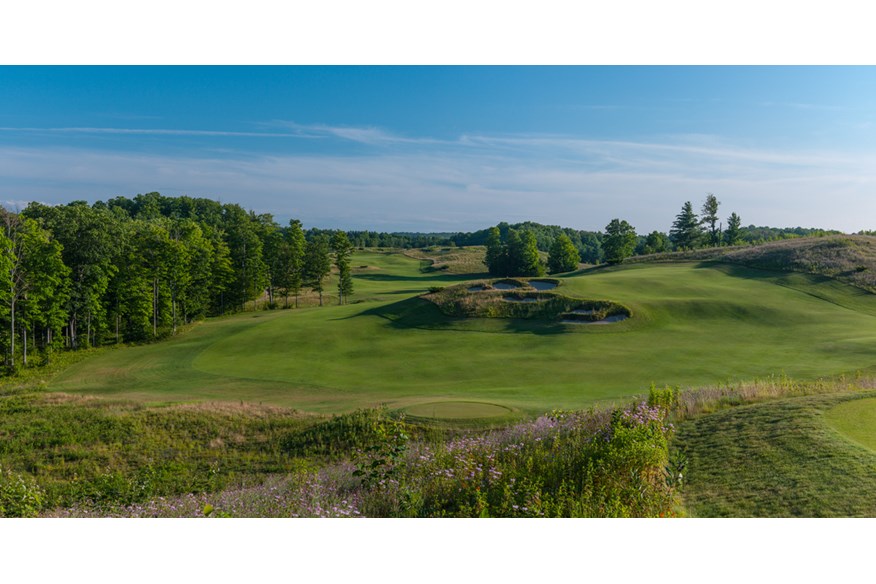
5. Kingsley Club
Course details: 6,921 yards, par 71
Green fee: Private
Website: kingsleyclub.com
Telephone: 231-263-3000
Mike DeVries grew up at Crystal Downs so learned at a fairly young age what elements make a golf course great. Frequent exposure to one of Alister Mackenzie’s finest designs helped the native Michigander learn the strategies of a compelling layout and taught him how to challenge the best while entertaining the less able golfer.
After starting his career working for Tom Doak and Tom Fazio, DeVries set up his own company and one of his first jobs was building an ‘old world’ course for two developers who loved how the game was played in Scotland and Ireland. DeVries routed a superb course over heaving glacial domes and kettle holes and that looked like it had been there for a century or more and which was plenty tough for the scratch man while allowing the mid/high-handicapper to enjoy an invigorating walk in a beautiful place without losing too many balls or making too many double-bogeys. It opened in 2001 with a relatively small and basic clubhouse that said everything about how the club’s owners wanted the focus and Kingsley to be on the golf.
Photo credit: Larry Lambrecht
6. Lost Dunes Golf Club
Course details: 6,928 yards, par 71
Green fee: Private
Website: lostdunes.com
Telephone: 269-465-9300
A couple of years before Pacific Dunes, his magnificent course at Bandon Dunes Golf Resort, opened and he became a household name (in houses belonging to golf fanatics, anyway), Tom Doak built a splendid course in his home state that would be far better-known had it opened shortly after Pacific Dunes’s debut. Lost Dunes, outside the small settlement of Bridgman on the southeast coast of Lake Michigan, has all, or most, of Doak’s trademarks – lay of the land design, wide fairways, heavily-contoured greens, large and rugged bunkers and sand scrapes – but, because it’s private and came pre-Pac Dunes, it flies far under the radar.
It opened in 1999, 15 miles north of the terrific nine holes of the Dunes Club, Mike Keiser’s first go at building a golf course. Keiser, who would soon develop Bandon Dunes on the Oregon coast, was considering Doak for the resort’s second course (following David McLay Kidd’s eponymously-named Bandon Dunes layout), and attended Lost Dunes’s opening day event curious to see if what he had heard about him was true. Sure enough, the greens were far more dramatic and complex than what he had imagined the ‘retail golfer’ could tolerate at Bandon. He was assured Doak could build anything he wanted, however, so went ahead and hired him – it proved to be a good decision as Pacific Dunes is invariably ranked inside America’s top-20.
Lost Dunes was built inside an old sand quarry and Doak made great use of the sand that remained, crafting an inland links-style course where irons pitching short and running on to the green and green-hugging short-game shots were the preferred approach. Interstate 94 causes a few longer-than-desirable green-to-tee walks, but you could be playing a hundred-year-old classic here and fans of Doak’s architecture should definitely make the time to visit.
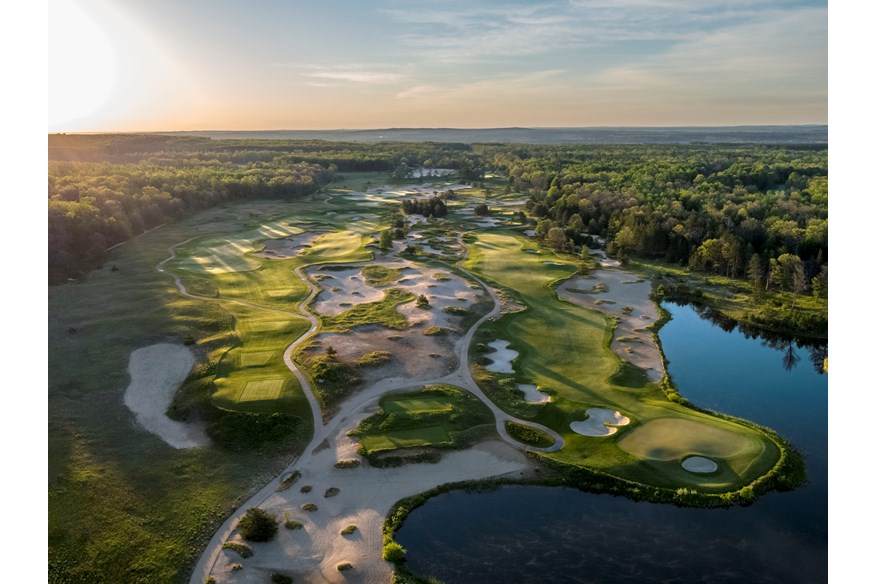
7. Forest Dunes Golf Club
Course details: 7,116 yards, par 72
Green fee: $195
Website: forestdunesgolf.com
Telephone: 989-275-0700
In January 2011, Rich Mack and Tom Sunnarborg, the pair that had developed the Streamsong Resort in Florida, purchased Forest Dunes Golf Club from Lew Thompson, a very successful Arkansas trucking executive who had far more of the ‘Arkansas’ and ‘trucker’ about him than ‘executive’ and who had bought the 1,300-acre, master-planned golf community in 2011 when it possessed just one course – Tom Weiskopf’s Forest Dunes, opened in 2002. During his tenure of the development, Thompson would add more golf (Tom Doak’s reversible The Loop – see below – and the 10-hole Bootlegger designed by Riley Johns and Keith Rhebb), but Weiskopf’s original was sufficient to justify his considerable outlay.
Aerial images of the course explain how it got its name. Roughly half of it moves though the Huron National forest while the other half features a lot of exposed sand and dunes deposited by the nearby Au Sable River. The frequent risk/reward options, split-fairway of the par-4 10th, and drivable par-4 17th are holes/features that became familiar parts of Weiskopf designs and the Forest Dunes versions are as good as any he built.
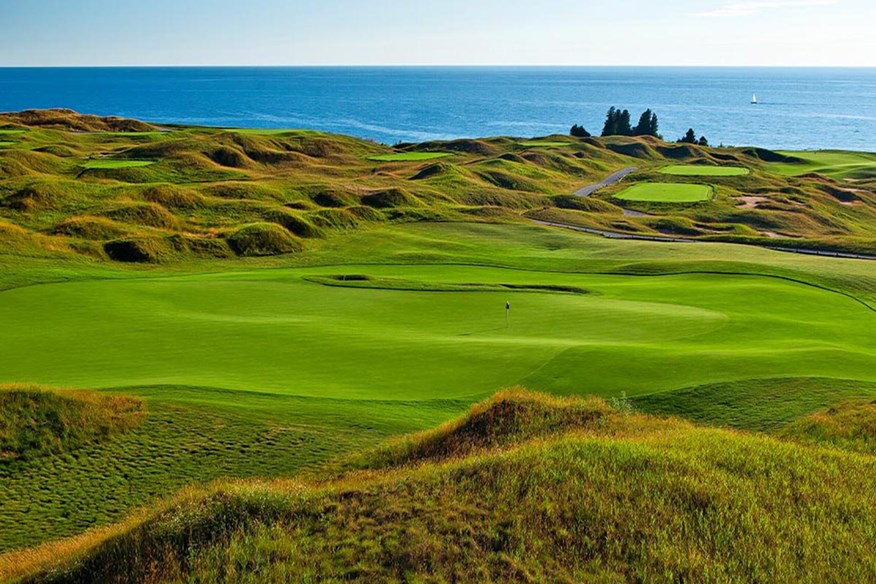
8. Arcadia Bluffs (Bluffs)
Course details: 7,300 yards, par 72
Green fee: $250
Website: arcadiabluffs.com
Telephone: 231-889-3001
Because it hasn’t hosted a major championship or PGA Tour event, and wasn’t designed by Alister Mackenzie, Donald Ross or C.B. Macdonald, Arcadia Bluffs is mostly unknown to British golfers who would probably be surprised at how good it is and how closely it resembles a links course. It was designed by Warren Henderson and Rick Smith (Phil Mickelson’s former instructor) and opened on 245 acres 180ft above Lake Michigan in 1999.
The front nine wanders east away from the lake, but the back drops 225ft from the handsome clubhouse down to the cliff’s edge and covers some extraordinary ground overlooking the water and throwing up several very exciting holes. Sod-wall bunkers, significant undulations, and firm surfaces add to the links feel. And though the overall look is probably a little too dark green/lush and there’s a little too much going on in front of the greens for it to be genuine links, it’s pretty darn close.
9. True North
Course details: 7,009 yards, par 72
Green fee: Private
Website: truenorthgolf.com
Telephone: 231-526-3300
He’s mostly retired now and his name isn’t particularly well-known among golfers in the US, but for a time at the start of this century, Jim Engh was one of the most popular, creative, and important course designers in America, if not the world. In the late 1980s and early ‘90s, the native of North Dakota spent a lot of time in Continental Europe and Asia building courses (with Bernhard Langer and IMG) that wouldn’t necessarily have his name on the scorecard but which all earned critical acclaim – his one design credit in Britain and Ireland was for Carne’s third nine holes which he co-designed with Ally Mcintosh.
He returned to the U.S. in 1991 and designed a number of very highly-rated courses in Colorado, North Dakota, Idaho, and Michigan where True North opened in 2004. Cut through a dense forest, half an hour south of the Mackinaw Bridge, True North is a private course with a lot of elevation change and a number of Engh idiosyncrasies (distinctive bunker shapes, bunker clusters, bunkers in many fairways, long, narrow greens) that were never seen as ‘weird’ quite, but which certainly help you identify an Engh design.
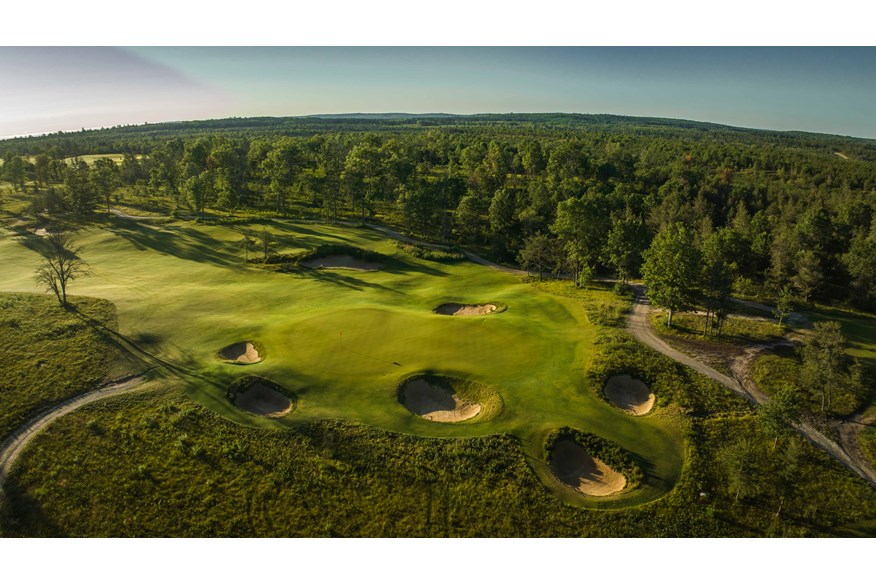
10. The Loop
Course details: 6,805 yards, par 70 (Red), 6,704 yards, par 70 (Black)
Green fee: $195
Website: forestdunesgolf.com
Telephone: 989-275-0700
Between 1872 and 1904, the Old Course at St. Andrews was regularly played in reverse, with the first hole stretching from the 1st tee to the current 17th green and the last hole starting on the 2nd tee. The ‘left-hand course’ was actually used every other week during this time and had, said H.N. Wethered and T. Simpson in their 1929 book, The Architectural Side of Golf, three very real benefits – variety, exposure to different winds, and fewer irons shots being played from certain locations allowing the turf to heal. Despite the advantages, reversible courses never really caught on and though they popped up now and again, especially during the 1980s when architect Joel Goldstand built a few nine-hole versions in the American Midwest, very few were ever built.
Architect Tom Doak was always interested in the concept, however, and hoped one day to get the opportunity to build one. He realized, however, that not many developers would be willing to take the risk of building so novel a course and knew the site would need to be suitable – relatively flat so as not to have downhill holes one way and a series of uphill holes the other. It took some persuasion, but Doak did convince Forest Dunes’s Lew Thompson that the land to the west of the property’s original Tom Weiskopf-designed course would be ideal, and the course(s) opened in June, 2016. American publications tend to separate the two courses when ranking them (the clockwise Black routing usually placing higher than the anti-clockwise Red Course) but, here, we’ll take them together. Play both courses, and you’ll discover how good both of them are and how clever Doak’s configuration is. This might be another candidate for the ‘genius’ label, in fact.
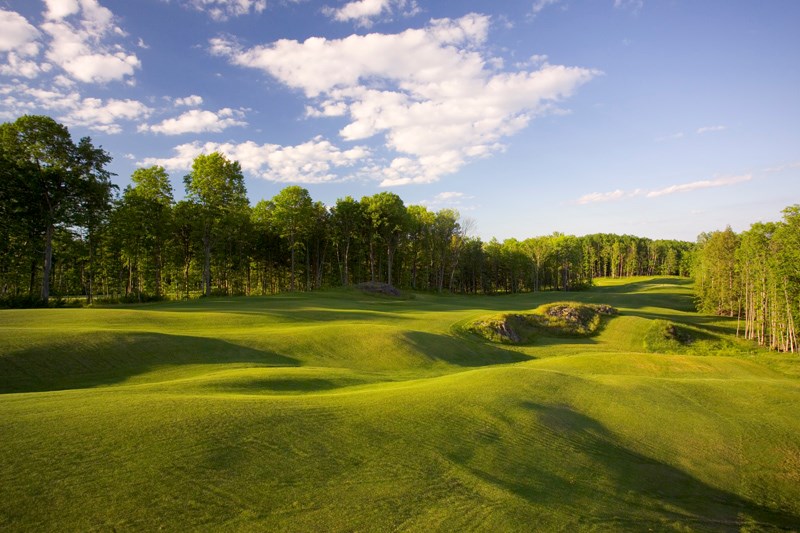
11. Greywalls
Course details: 6,828 yards, par 71
Green fee: $210
Website: golfgreywalls.com
Telephone: 906-225-0721
Four years after his brilliant design at Kingsley Club opened, Mike DeVries was hired to add a second course at Marquette Gold Club on the Upper Peninsula overlooking Lake Superior. Less adventurous architects would surely have turned the job down as the terrain was marked by extreme undulations and granite outcroppings that couldn’t be avoided.
Having played at Crystal Downs as a youth, DeVries was thankfully comfortable on such extreme topography, however, and built an incredible course with 18 unforgettable holes and which is definitely worth the time and effort it takes you to get there. The uphill 6th is probably the course’s most memorable hole, a 188-yard par-3 that plays quite a bit longer than the stated yardage and where going long is usually an awful lot better than coming up short. Just take plenty of club.
Greywalls is one of a handful of superb courses DeVries designed in Michigan (Kingsley, Mines, Diamond Springs, and Pilgrim’s Run the others) before getting the job at Cape Wickham in Australia and then teaming with Australia’s Mike Clayton and Frank Pont of the Netherlands to form London-based CDP.
Photo credit: Larry Lambrecht
Honourable mention
Mines – Excellent Mike DeVries design west of Grand Rapids – (public)
Point O’Woods – One of Robert Trent Jones’s top-five designs – (private)
Meadowbrook – Quality renovation by Andy Staples of a 1916 Willie Park Jr. design that Donald Ross also worked on – (private)
Belvedere – Hugely enjoyable Willie Watson design from 1923, restored in 2017 by Bruce Hepner – (private with some public play)
Stoatin’ Brae – Part of the Gull Lake View Resort. Built by Tom Doak’s Renaissance Golf team while Doak worked on The Loop – (public)
-
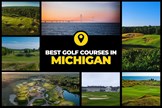 The best golf courses in Michigan, USA
The best golf courses in Michigan, USA
-
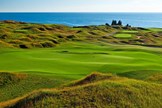
-
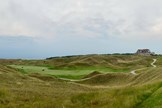 Arcadia Bluffs South Course
Arcadia Bluffs South Course
-
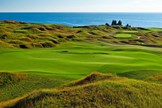 Arcadia Bluffs is one of the best golf courses in Michigan
Arcadia Bluffs is one of the best golf courses in Michigan
-
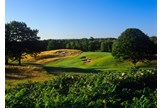 Cyrstal Downs Country Club
Cyrstal Downs Country Club
-
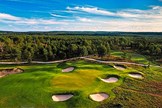 The Loop at Forest Dunes in Michigan
The Loop at Forest Dunes in Michigan
-
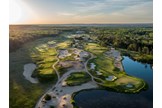 Forest Dunes Golf Club, Michigan
Forest Dunes Golf Club, Michigan
-
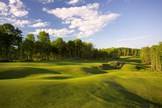 Greywalls, Michigan
Greywalls, Michigan
-
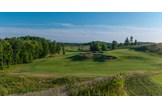 Kingsley Club is a private golf course in Michigan
Kingsley Club is a private golf course in Michigan
-
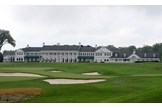 The South Course at Oakland Hills Country Club
The South Course at Oakland Hills Country Club
-
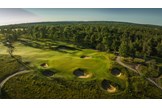 The Loop at Forest Dunes
The Loop at Forest Dunes
